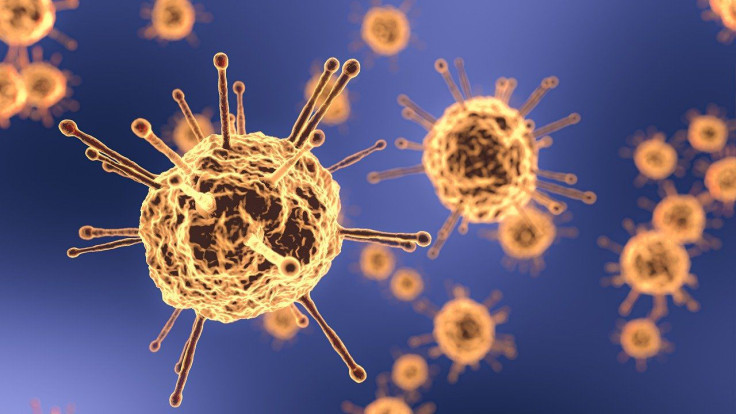Coronavirus Update: Infected Individuals Might Start Spreading COVID-19 Days Before Symptoms
Transmission of COVID-19 by asymptomatic patients has been reported. But, even those who get visibly sick with the deadly novel coronaviruses might start spreading the disease several days before exhibiting any signs or symptoms, according to a new study.
The new findings challenge key assumptions behind all the preventative measures taken to prevent the spread of the pandemic including tracing contacts of an affected individual only as far back as the time at which they started exhibiting COVID-19 signs or symptoms.
“More inclusive criteria for contact tracing to capture potential transmission events two to three days before symptom onset should be urgently considered for effective control of the outbreak," said the study authors in their paper published in Nature Medicine.
The team of researchers at the University of Hong Kong compared clinical data on virus spreading from patients at a hospital in China where they had identified 'transmission pairs,' where one infected individual is believed to have spread the disease to another.
They collected throat swabs from 94 patients who were admitted to Guangzhou Eighth People’s Hospital and measured their infectiousness for 32 days right after the symptoms started showing.
The findings revealed the following:
- None of the patients who were critical or had severe illness had the highest viral load soon after the symptoms were exhibited
- The incubation period of COVID-19 was assumed to be a little over five days but they inferred that the infectiousness began 2.3 days ahead of the symptoms and was at its peak at 0.7 days before the patients exhibited the first signs of illness
- About 44% of secondary cases in the transmission chains were infected during the pre-symptomatic phase
- The infectiousness quickly decreased within seven days
Experts opine that the study has some important implications pertaining to preventative measures taken to control the pandemic, such as whether masks should be worn by asymptomatic individuals.
“ This is important because current public health control measures advised, for example, by the WHO and the UK government assume that maximum contagion is after symptom onset. Hence one reason masks are not advocated for wearing by asymptomatic members of the public,” MedicalXpress quoted Babak Javid of Tsinghua University School of Medicine in Beijing.

© Copyright IBTimes 2025. All rights reserved.






















